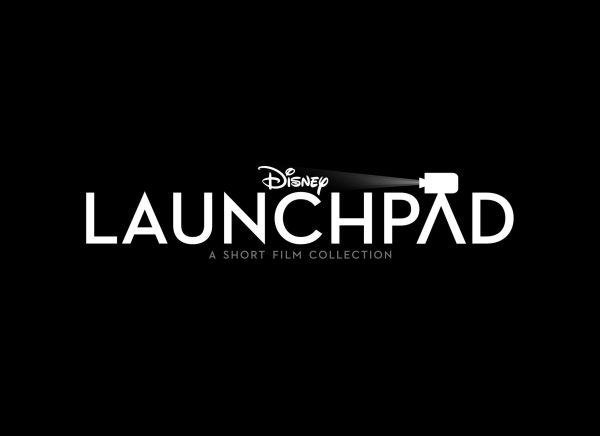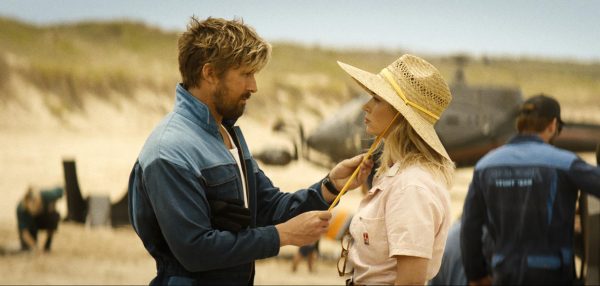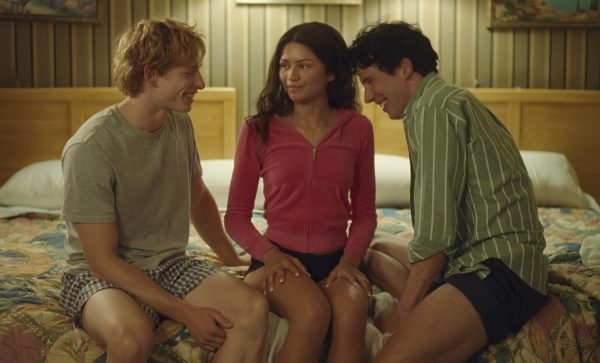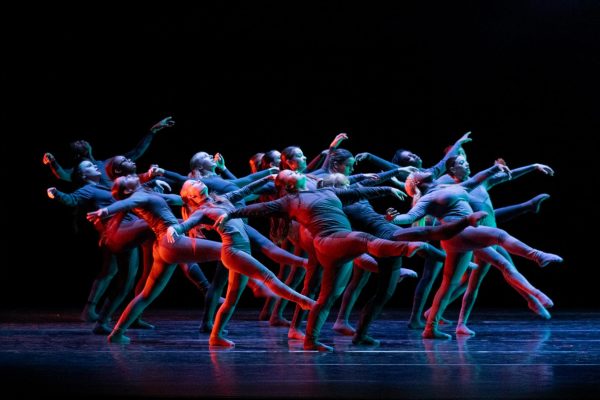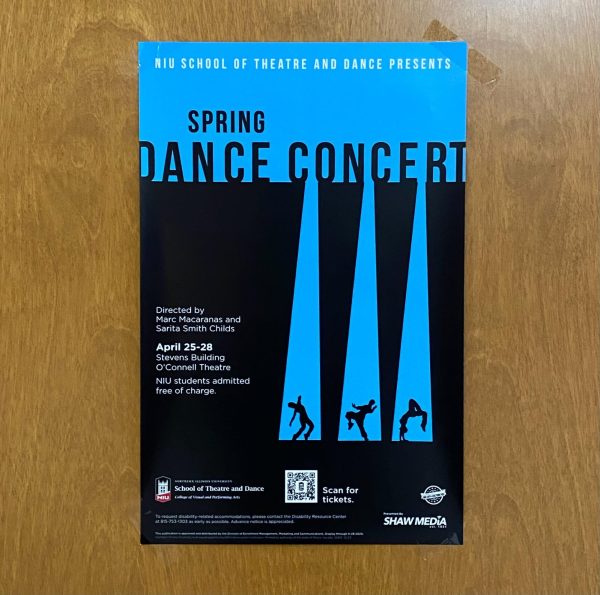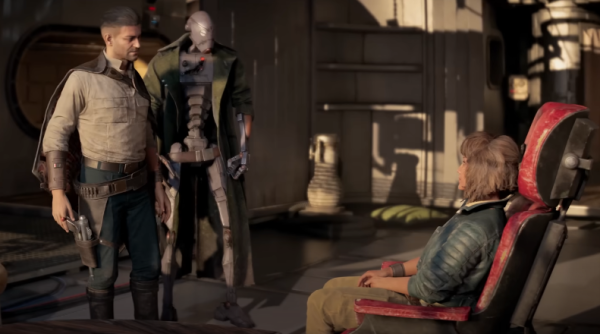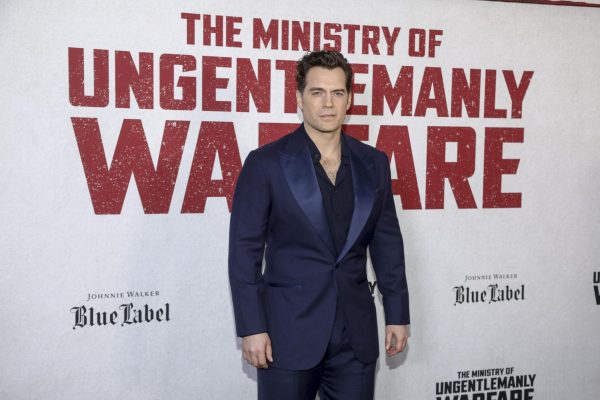Mary Poppins delivers a spoonful of sugar in long awaited sequel
December 26, 2018
“First of all, I would like to make one thing clear: I never explain anything.” While Julie Andrews said it first in the 1964 classic “Mary Poppins,” Emily Blunt continues the nursery rhyme without reason tale in “Mary Poppins Returns.” While context is comforting, a film as visually breathtaking and characteristically whimsical as this needs no explanation.
The sequel to the original film, based on P.L. Travers 1930s series of children’s books, finds the Banks children grown up but not quite out of the house on Cherry Tree Lane. Michael, played by Ben Whishaw, and Jane, played by Emily Mortimer, face the challenge of the bank repossessing their home after the untimely death of Michael’s wife. Grief-stricken and unable to pay back the loan, Michael clings to one foggy image of hope still left: a share certificate from his father that would ensure he could keep the house.
Michael’s children, Anabel, John and Georgie, played by Pixie Davies, Nathanael Saleh and Joel Dawson, respectively, are thrown in the middle of the family’s turmoil, and there’s only so much they can do before they are shuffled away to the nursery. Troubling financial circumstances coupled with the inability to cope with a family death bring Mary Poppins, played by Blunt, floating into town on her iconic black umbrella. Funny how she so gracefully floats as the winds that fly her down as strong enough to almost steal a small child; hang on to that kite, Georgie.
Director Rob Marshall, who also directed Disney’s 2014 fantasy “Into the Woods” and the screen adaptation of “Chicago” in 2002, recreates the structure and style of the original while adding a touch of fresh imagination. The most adorable aspect of the classic story is the absence of a strict plotline, as Mary and the children embark on adventures seemingly for adventures’ sake. Trying to find the overarching narrative in “Mary Poppins Returns” is like trying to see the bottom of Mary’s carpet bag: quite impossible. Mary and the children’s astoundingly absurd adventures of deep sea bathtub diving, floating through the spring fair on balloons and tap dancing acrobatics with lamplighters are nonsense for the sake of nonsense, although Mary Poppins would never admit it.
Crafting a sequel to a Disney film as beloved as “Mary Poppins” is a daunting prospect, and while Marshall’s crafty, inventive intentions shine through, the film falls just short of “practically perfect.” The cast is expertly chosen and has well-rehearsed performances, but the musical score feels tired and the dance routines outdated.
The cast is colorful and lively with each actor thriving in their role. Blunt captures Andrew’s confident, unapologetic charm and commitment to conviction while sprinkling sly, sultry wit into otherwise unimaginative lines. Whimshaw’s ballad to his deceased wife, “A Conversation,” jerks tears and portrays grief in a touching way. Mortimer’s giggle and infectious smile is as adorable as in her youth, and although her character is not as carefully crafted as the rest, she brings a vivacious spirit to the film parallel to her mother, Winifred Banks. Lin Manuel Miranda’s Bert-reminiquent character Jack, while slightly off-key, is charmingand wide-eyed innocent, pining after Jane as he lights the lamps of London.
With the recreation of such an iconic musical movie, there are bound to be numbers that fall flat. Regrettably, Meryl Streep’s performance as Mary’s eccentric cousin Topsy is one of Streep’s most forgettable and discouraging portrayals. An obvious ode to Uncle Albert’s “I Love to Laugh” tea party on the ceiling, Topsy’s “Turning Turtle” is vocally weak and lyrically dry; the scene feels like a forced attempt at hitting all nostalgia bases from the original, but it could have been left on the cutting room floor and would not be missed.
The beautifully integrated animated sequences make up for an otherwise copycat musical soundtrack, allowing Blunt to dazzle with her steamy alto and Miranda to delight with his characterization. “The Royal Doulton Music Hall” and “A Cover is Not a Book” take place in the animated world of the bowl in the children’s nursery; bright, bold colors and talking animals are reminiscent of Mary and Bert’s “Jolly Holiday.” The vibrant pinks, yellows and blues stand out from the gray London town and dreary overcast skies.
Despite stylistic hiccups, “Mary Poppins Returns” is pure magic. While Andrews and Blunt have given unforgettable performances, Mary’s nature is a forgettable and thankless presence. Her role is to nurture without being needed, to provide solutions with no explanations and to leave when her job is done without a goodbye. While this recipe could produce a bland, tasteless character, Mary Poppins proves to be one of the most memorable and iconic Disney characters. “Mary Poppins Returns” isn’t without flaws, but they are forgivable when considering the imaginative spirit Mary inspires in every person, young or old, who watches the film.



